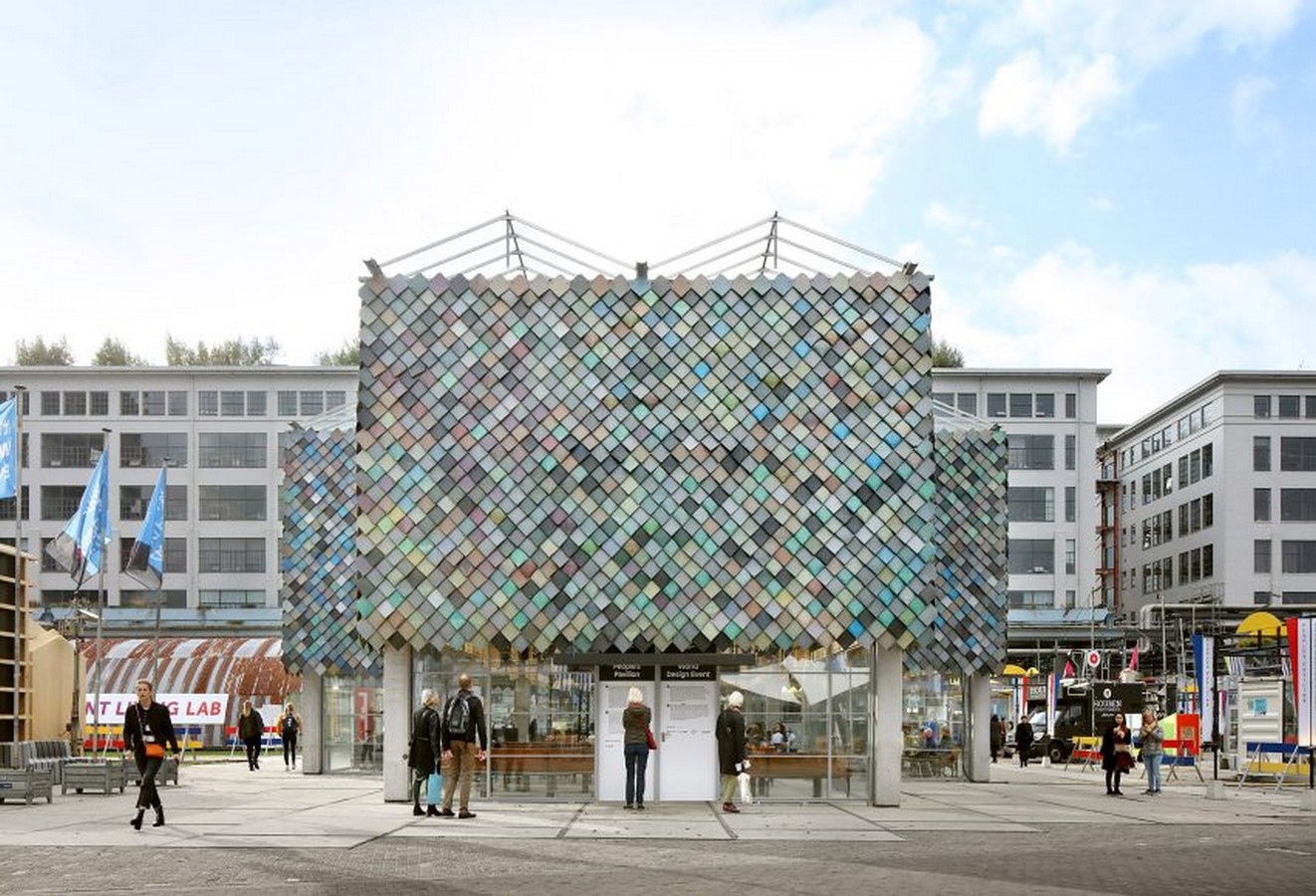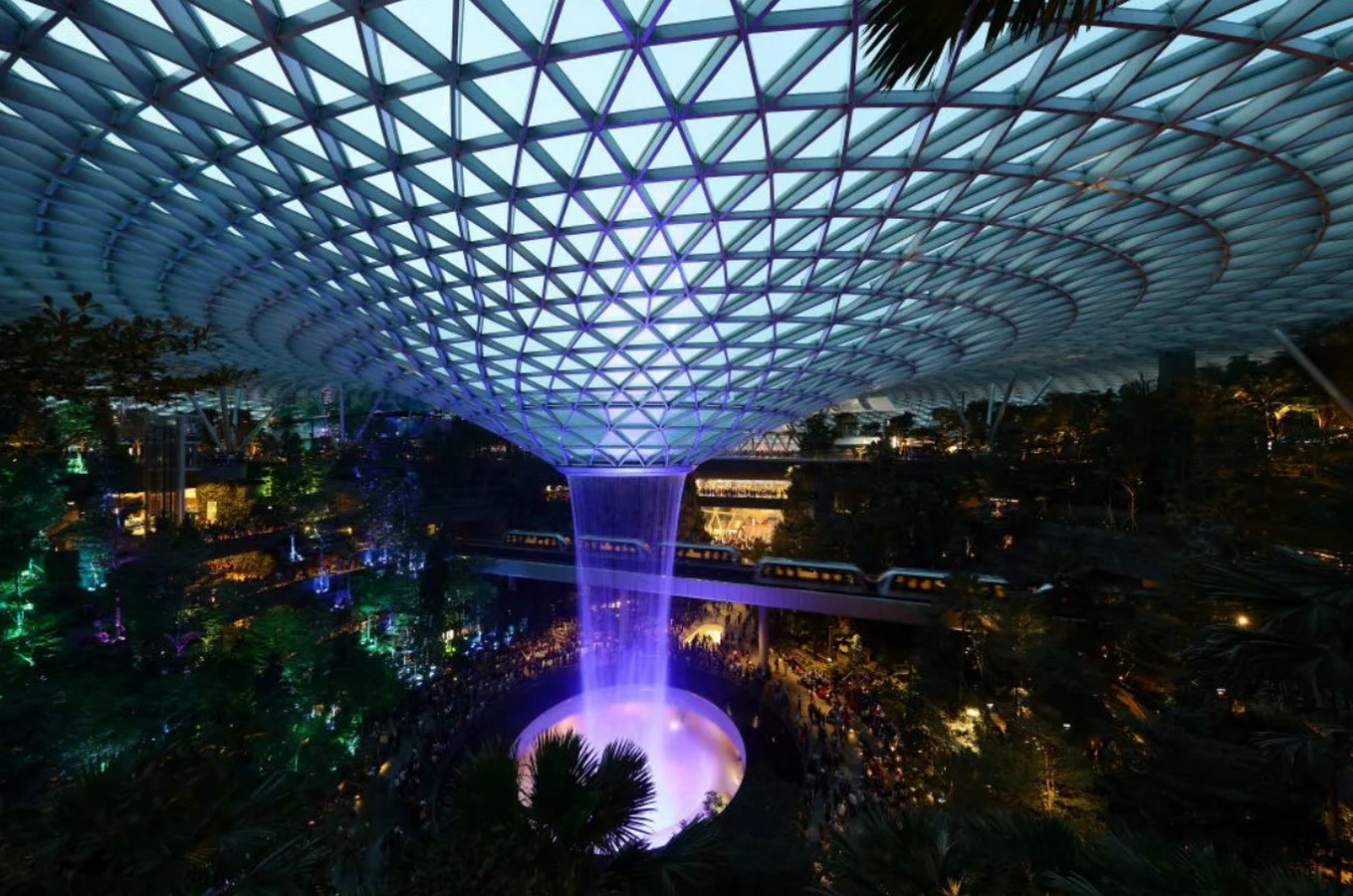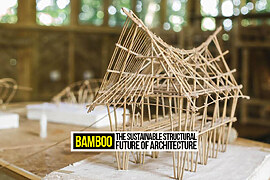Addressing the often-desperate environmental crisis that unfolds around us, these climatic responses have been impacting architecture by creating awareness in the practice as well as beyond. A “Climate exigency” has taken the initiative to recommence the focus on the climatic crisis lingering around the world. Global climate change is projected and will continue to exist now and beyond. One of the major concerns in this climatic crisis is Future Architecture.
Architecture discipline has a bigger role in people’s lives than most designers might think. It influences the way we survive, the way we progress, and the perspective of the world. A series of questions can arise from here. Can we change the way we think about climate change through architecture? Can we overcome climate change through architecture? Can climate change become a greater threat to the world we live in?

“At the moment, architecture is in a state of paralysis,” Says Jesse Keenan, a professor from Harvard University, where architecture reacting to climatic change is not just installing solar panels and planting trees in suburbs, justifying it as a sustainable suburb but a suburb only. There are a lot of questions about the collateral issues regarding the climate change existence through the density, affordability, and accessibility of these matters in question. All of us around the globe are aware this climate change is the adversary of human extant. Many have extended their support in favor of global warming and few have manifested their refusal of its existence.
Firstly, to address these issues, it is very important to identify and point out the constraints and perils of climate change in society. These concerns are not comprehensively dealt with as individual prospects fail to contribute to the issues surrounding climate change in the world. The role of architects in this perilous situation needs to deliver a sense of awareness through the collection and analysis of buildings and construction technologies involved, imposing a platform in engaging architects, designers, and mostly the public, to show them how imprudent the crisis is, but the most concerned age group about this issues are the Millennial; as they would have to deal with the most pressing concern in the future.
Architecture and Climate change | Future architecture

Combating climate change can be achieved through numerous actions and initiatives, involving architecture through efficient resources that are beneficial to the inhabitants of the design, maximizing and exercising renewable resources, and creating a low environmental impact. Ways that architects can be more environment-friendly is that opting for renewable resources and preserving existing resources. From recycling waste and maximizing landscape urbanism to collaboration and lobbying for change, solutions to reduce pressure on the planet are now taking center stage.
Read on for 3 tangible ways in which architecture can contribute to a sustainable planet:
Establishing climate action groups
Raising awareness and understanding the effects of climate change on society will facilitate behavioral change and societal support towards global warming happening around. Reusing would be a major contribution to society from the architects as much of the waste from the demolitions and raw materials involved will not only just cut the costs but reduces greenhouse gases released.

Reversible architecture | Future architecture
Efficient resource reuse, recovery, and repair of the building materials used, while generating less waste – is Reversible architecture. It ensures the building of flexible and deconstructive structures till the end of their life. The ideology of reverse design works closer to the Circular economy; where all the materials are reused eliminating the waste. Buildings that incorporate reused materials when deconstructed can always be used in many other projects, imposing incremental changes in the development of sustainability in and around the world.

Biophilic design
Designing buildings that have a mutual relationship with nature and humans must be practiced. Maximizing the use of natural lighting and ventilation is the principle of this aforementioned design strategy, which is in deep waters now. Thanks to humans, intense and frequent havoc on not just nature but human livelihoods and communities, blowing out of the kingdom. Design with a biological perspective should be incorporated to understand the impact imposed on the planet.

Humans and Climate change | Future architecture
“Are Humans contributing to global warming?” And the answer is “YES “. A human activity implies that on their day – to day activities. Releasing greenhouse gases is the primary cause for this change, where locomotion is proven to be a major contributor. Water is an increasing threat to humans, where flooding and drought have a big impact on the lives of humans.
At present, Carbon emissions have taken domination where human-produced gases have released 9.5 billion metric tons of CO2 into the atmosphere by burning fossil fuels and producing livestock.

Climate change has made buildings and their occupants more vulnerable and most of them have already collapsed. In the future, there may be an increase in risks and perils in the construction industry; consequences of loss of valuable resources, diminishing immunity and strength among the living, and risk of collapse for the dead as a result of subsidence damage, water encroachment, deteriorating which ended in reducing in building’s lifetime.
References:
- Lizzie Crook. (2021). Ten ways in which architecture is addressing climate change, 21 April 2021, Dezeen, Available at: https://www.dezeen.com/2021/04/22/architecture-climate-change-earth-day/ [ Accessed: 09 October 2022]
- Elizabeth Stamp. (2020). How Architecture Industry is reacting to climate change, 2 March 2020, Architectural Digest, Available at: https://www.architecturaldigest.com/story/climate-change-design-architecture [ Accessed: 09 October 2022]
- Global Climate Change. Ten ways in which architecture is addressing climate change, Updated on 05 October 2022, Architectural Digest, Available at: https://climate.nasa.gov/effects/ [ Accessed: 09 October 2022]
























